Conversation Navigation Framework
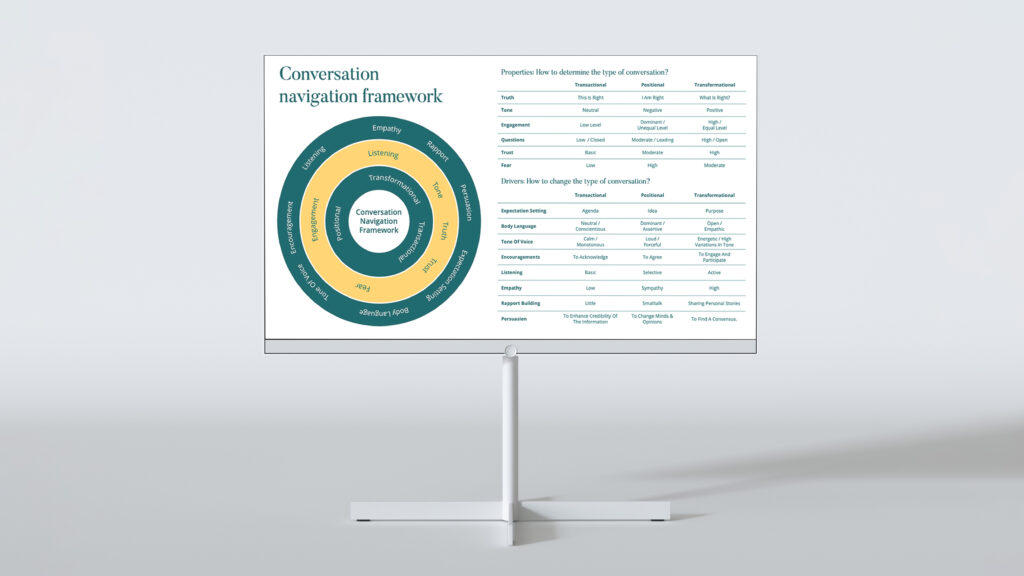
The Conversation Navigation Framework
explores truth in conversations: factual in transactional, debated in positional, and co-created in transformational.
Persuasion Map
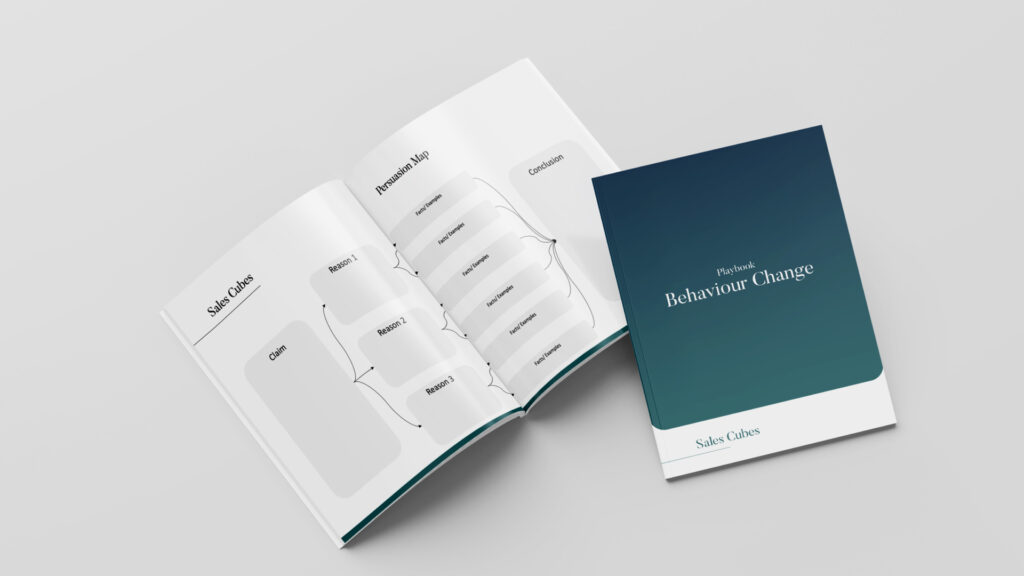
Discover the Persuasion Map Toolkit, is a powerful tool for structuring persuasive arguments in debates, speeches, and business proposals. Learn how to effectively organise your thoughts, support them with evidence, and counter potential objections for impactful communication. Ideal for sales professionals seeking to enhance their persuasive skills.
Implementation Intentions
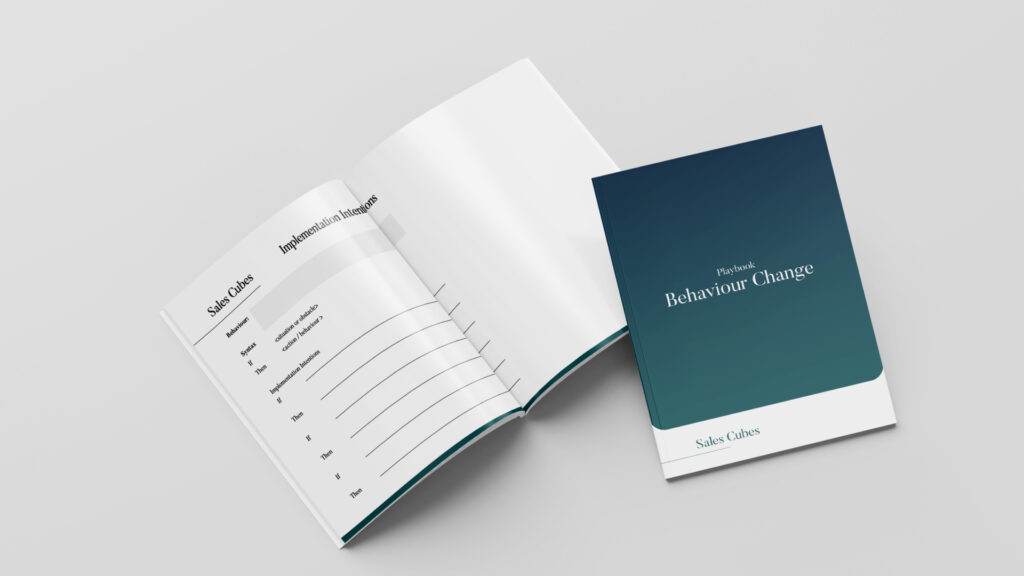
Implementation intentions act as a bridge from thought to action, transforming “I want to” into “I will.” These ‘if-then’ plans script responses to specific cues, making goal achievement almost reflexive. “If it is 7 AM, then I’ll run for 30 minutes” turns exercise from a vague ambition into a scheduled certainty. Ideal for personal development or habit change, this strategy is simplicity at its behavioral best: pre-decide, then proceed.
Job Crafting
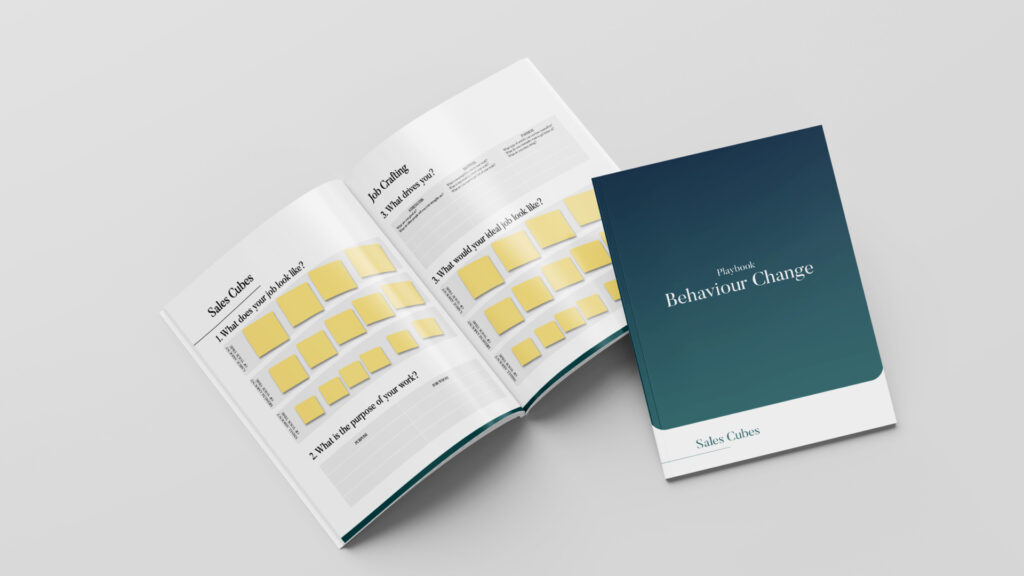
Job crafting turns a standard job description into a custom-fit career. Employees take control, adjusting their tasks and interactions to match their skills and interests. This reinvigorates their daily work, especially when morale is low. It allows individuals to reshape their roles and reignite their passion. This self-led approach revitalises the employee’s motivation and aligns it with the company’s changing goals, creating a mutually beneficial workplace where both personal and collective growth thrive.
DISC Profiles
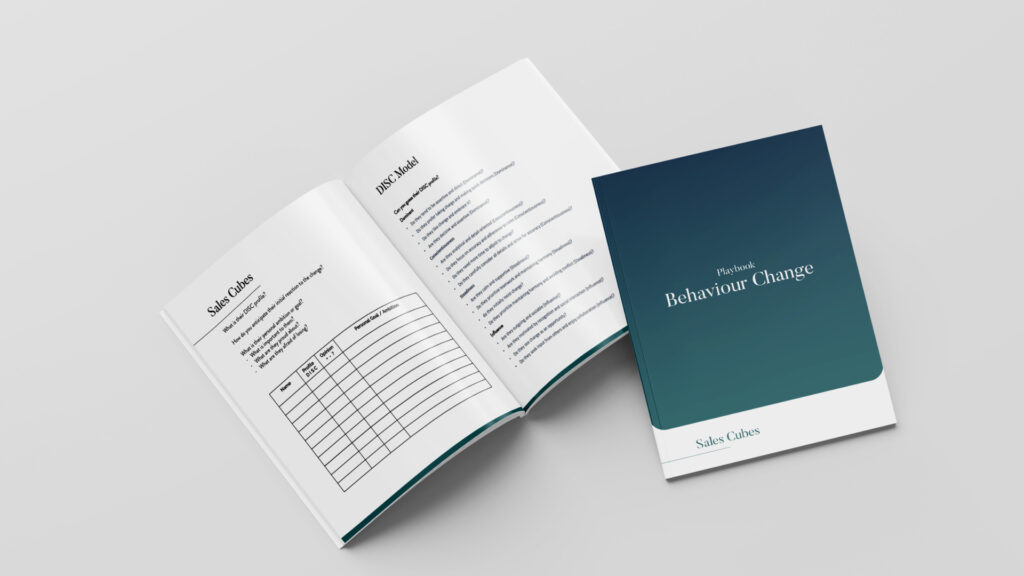
The DISC model, devised by William Moulton Marston, categorizes behaviors into Dominance, Influence, Steadiness, and Conscientiousness. This framework aids in understanding and improving communication and teamwork. In practice, it allows teams to balance different strengths, like a ‘D’ type’s leadership with an ‘I’ type’s collaboration. This model is essential in coaching and team dynamics, fostering a better understanding of individual and collective behaviors for effective synergy.
The Five Dysfunctions of a Team
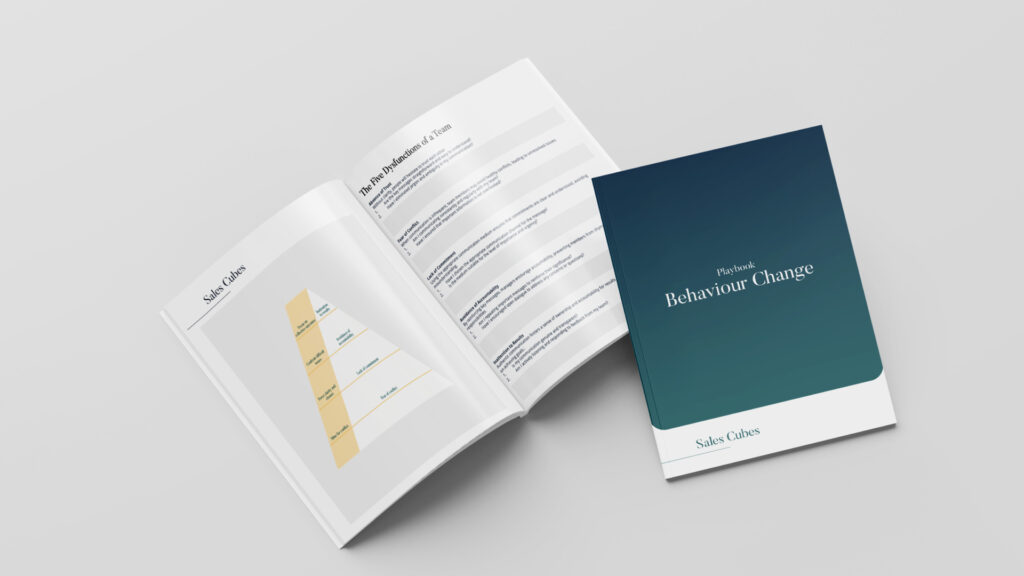
Patrick Lencioni’s model ‘The Five Dysfunctions of a Team’ offers a straightforward way to spot and solve team issues. It highlights five main problems: lack of trust, fear of conflict, absence of commitment, shirking responsibility, and ignoring results. This method helps not just in identifying what blocks good teamwork, but also in building trust, promoting constructive conflict, strengthening commitment, increasing accountability, and concentrating on shared goals.
The Feeling Wheel
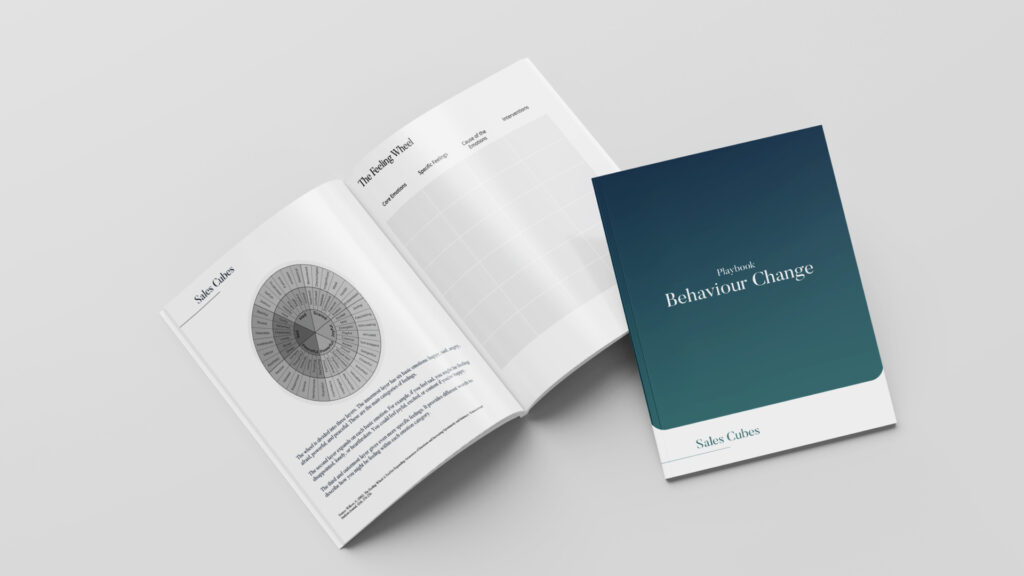
The Feeling Wheel, categorizing emotions into six core areas, is a vital tool for identifying and articulating feelings. It’s particularly useful in counseling, personal development, and workplace settings for enhancing emotional awareness and communication. This tool simplifies the complex task of understanding and expressing emotions, aiding in personal and professional growth.
Calibrating Questions
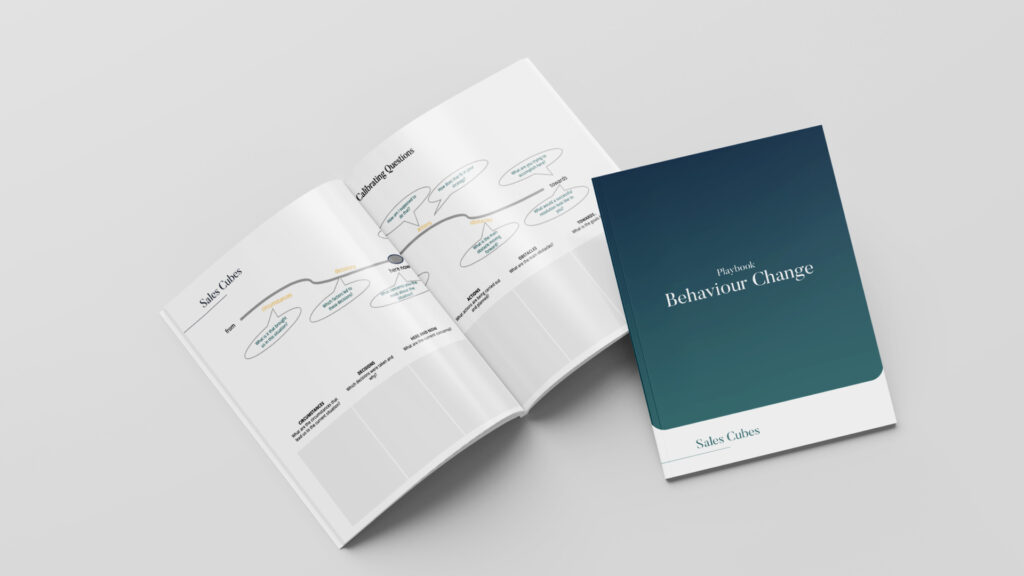
Calibrating questions, essential in negotiations, are tailored to understand perspectives and motives. Pioneered by Chris Voss in “Never Split the Difference, these ‘how’ or ‘what’ questions foster dialogue, build rapport, and clarify understanding. They shift conversations from superficial to insightful, crucial in sales or conflict resolution for deeper understanding and effective problem-solving.
ADKAR Model

ADKAR, a model developed by Prosci, represents the sequential steps of Awareness, Desire, Knowledge, Ability, and Reinforcement, crucial for successful change adoption in organizations. This framework is instrumental in guiding employees through technological, structural, and procedural changes, ensuring smooth transitions by catering to individual needs. ADKAR not only supports the design of change strategies but also serves as a diagnostic tool to understand and address varying levels of stakeholder engagement and resistance, ultimately fostering a more receptive and supportive environment for change.
Behaviour Change Stairway Model

The Behaviour Change Stairway Model is a strategic approach for guiding individuals, particularly those resistant to change, through a transformative process. Beginning with active listening, it builds rapport and empathy, leading to influencing behavior and culminating in behavioral change. This method is effective in various contexts, including negotiations, team management, and customer relations, where understanding and modifying behaviors are crucial.